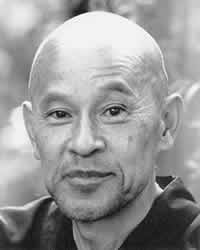 All
the Wind Bells
--- Wind Bell Excerpts -
Tassajara hub
All
the Wind Bells
--- Wind Bell Excerpts -
Tassajara hubcuke.com - Shunryu Suzuki Index - WHAT'S NEW - table of contents
 All
the Wind Bells
--- Wind Bell Excerpts -
Tassajara hub
All
the Wind Bells
--- Wind Bell Excerpts -
Tassajara hub
Wind Bell -Tassajara
focusing on the early history through Suzuki era
and material all the way through that relates to that era
|
ZC Board Notes 1966 related to Tassajara
WB 62-05 April
WB 65-01 February
WB 66-03 Summer
The following is about looking at the 160 acre parcel of land known as the Horse Pasture. It wasn't until the end of the year when Baker made the first payment that we learned that Tassajara itself was now what we were buying - and for a price twice as much. - dc
WB 66-04 Fall
Mountain Center Report - PDF
WB 67-02
Zen Mt. Center Report and many articles and pages - PDF
Three Articles from Village Voice, Berkeley Barb, San Jose Mercury News - PDF
P56
P59
WB 68-01 Summer
Spring Practice Period report - PDF
Tassajara Report pp8-15 - PDF
WB 68-03-04 Fall
P31
WB 70-1 Winter
Winter/Spring Practice Period at ZMC, 1969, pp20-30- PDF
P13
P20
WB 70-2 Summer
P2 - Noah - read about Noah in Tassajara Stories
P7 - the Narrows
Tassajara pp10-16 - Nature - PDF including the three entries below:
P17
WB 84-1
Rebuilding the baths - with historical info - PDF
WB 84-2
Birds of Tassajara by William Sterling - PDF
WB 85-1
Update on rebuilding the baths - PDF
WB 92-2
WB 93-2 Fall
Chews Ridge Ceremony - Teah Strozer - PDF
WB 95-1 Spring
Indian bones - Gene DeSmidt - PDF
WB 96-1 Spring
from Stone Dining Room by Fu Nancy Schroeder
WB 96-2 Fall
Landscaping with Native Plants at Tassajara - PDF
WB 99-2 Fall
Fire Comes to Tassajara (on Sept. 8, 1999) - PDF
|